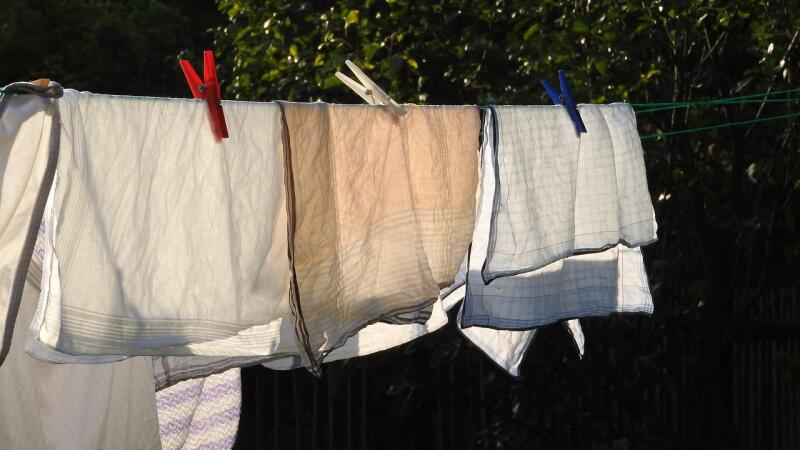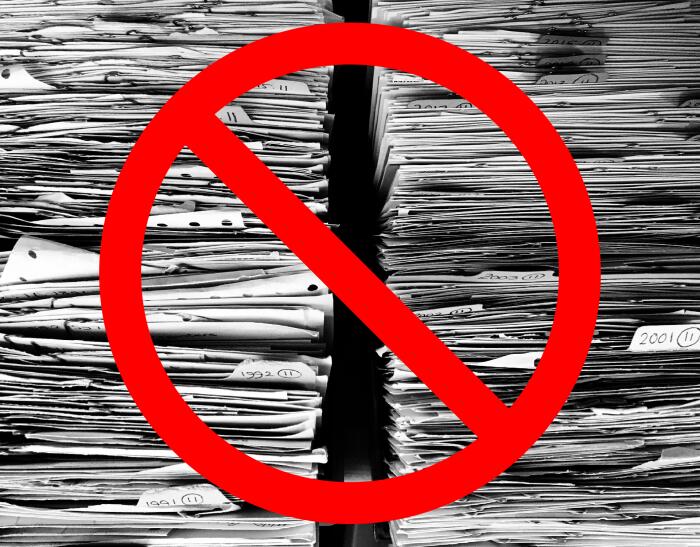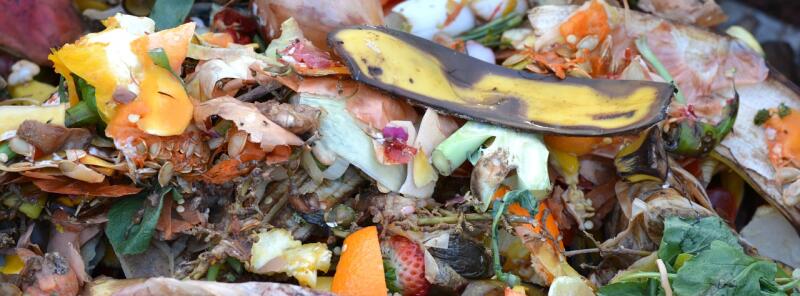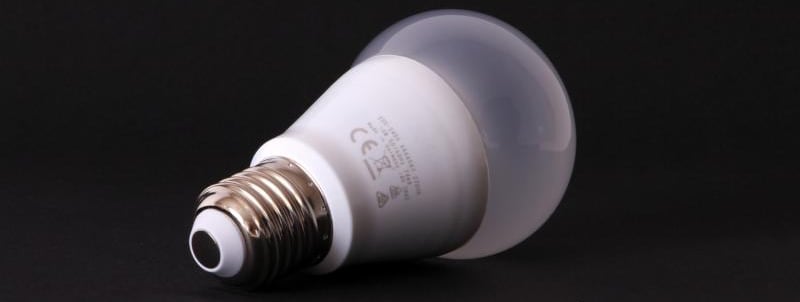10 Eco-Friendly Spring Cleaning Ideas
Every year when the melting snow and first blooms signal the start of a new season, people all over the country break out their brooms and prepare for the annual spring cleaning.
The months spent cooped up inside have made our living spaces seem cluttered, dirty, and in need of some TLC. Getting our homes in order at this time of year leaves us free to relish the freshness of the new season without worrying about the dirt and clutter indoors.
Here's our list of 10 eco-friendly ideas:
1) Ditch the paper towels.
Switch to reusable towels. Grab some inexpensive ones, or cut up some old towels or T-shirts that are just lying around and use those as cleaning rags. Either way, you are keeping waste out of the landfill.

2) Switch to cleaning products that are nontoxic and biodegradable.
Check labels to ensure that none of the cleaners you're purchasing contain toxic chemicals. Search for products that are made from all natural ingredients and are third-party certified as "green." Even better, make your own! Check out our blog on DIY cleaning supplies to learn how to make your own natural cleaners that won't fill your home with unnecessary pollutants.
For a thorough guide to nontoxic and biodegradable cleaning products, this Natural Cleaner Blog by Electrosaw can't be beat.
3) Hang-dry your laundry.
Save electricity by taking advantage of the nicer weather and drying all of your bedding, clothing, and towels outside instead of in the dryer. Air-drying clothes can reduce the average household's carbon footprint by 2,400 pounds a year. Save the dryer for rainy days and you'll be taking big steps to help the environment.

4) Go paperless.
If part of your spring-cleaning plan includes organizing your accounts, use it as an opportunity to eliminate some paper waste by opting for electronic communication. Getting your statements and correspondence online will also cut back on the amount of mail you have to sort through daily, so it's a zero-sum game.

5) Reuse and repurpose things around the house.
An old toothbrush can be used to clean small corners. An old sock can be used for dusting. An old towel can be sewn into a Swiffer mop cover. If you're willing to get creative, the possibilities are endless!
6) Organize your home by making your own storage boxes.
Instead of heading out to the store to buy boxes and baskets for storage, why not make your own? You can get organized by repurposing cardboard boxes, cans, and plastic containers into attractive storage solutions.
7) Use less water.
Try not to leave the water running unless you are using it or catching it in a bucket. Sweep instead of mop when you can. You can also place a tracking mat by the front door so that, in the future, you will have less mopping to do.
8) Make sure you're using energy efficiently.
It's easy to miss some of the sneaky ways your home sucks up extra electricity, but spring-cleaning provides a perfect opportunity to correct those issues. As you clean, check that nothing is plugged into an outlet unnecessarily, or plug electronics into power strips that can easily be turned off when not in use. Clean your refrigerator coils to increase energy efficiency. Replace incandescent light bulbs with CFLs or LEDS. Clean air ducts.
9) Compost expired food and donate the rest.
When you clean out and organize your pantry, check the expiration dates. Compost any food that is too old to eat and donate any unopened, unexpired shelf-stable goods to a local shelter. This way, nothing goes to the landfill and you help others in the process. Check out our blog "How Things Rot" to learn why the landfill is the enemy.

10) Don't throw out unwanted textiles.
Recycle instead! As you declutter your home, you're bound to run into textiles that you don't want anymore. All textiles, even if they are stained or ripped, can be donated to Planet Aid for recycling. So take those ripped t-shirts, stained sheets, and faded curtains to a yellow bin near you!


